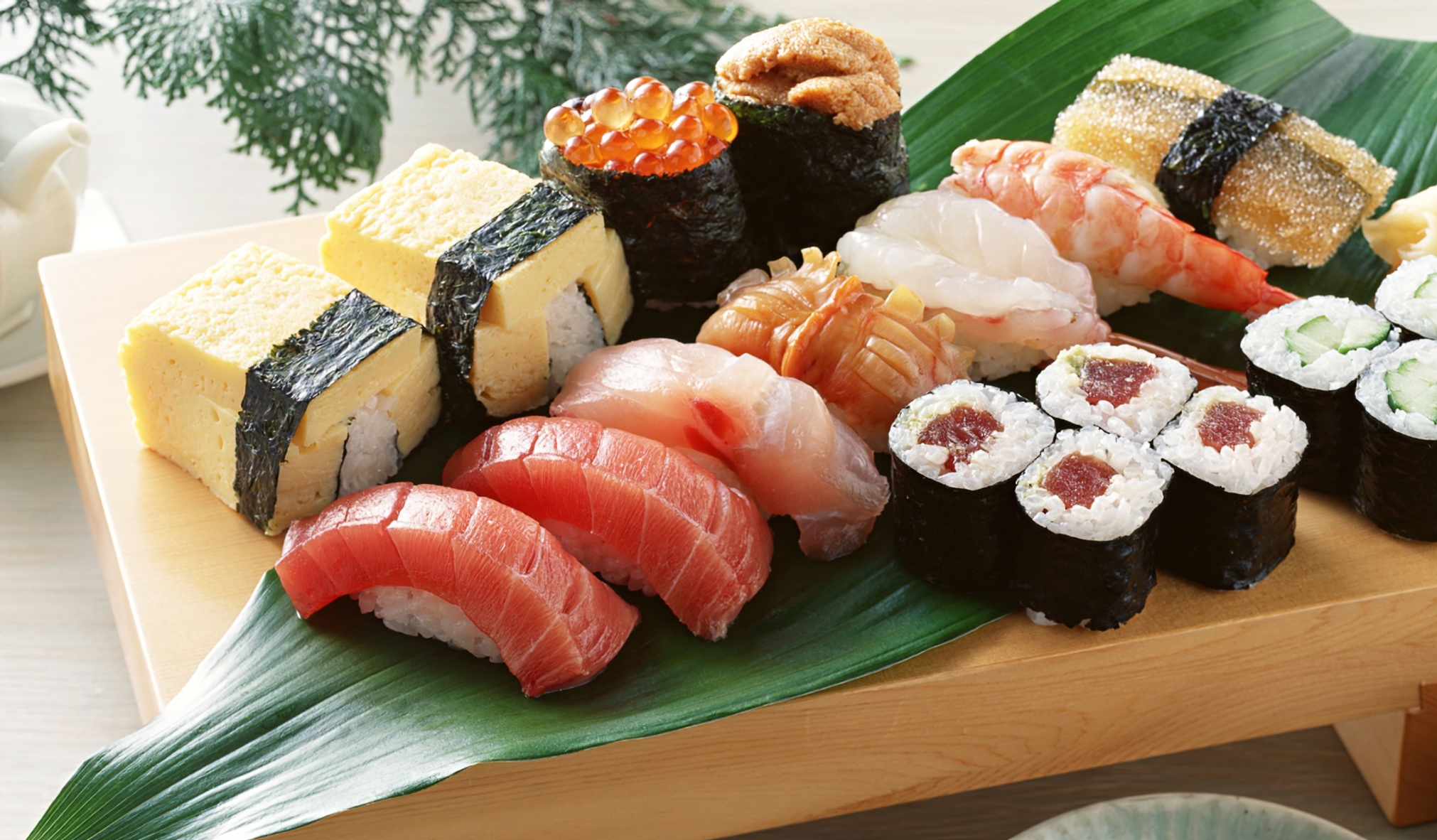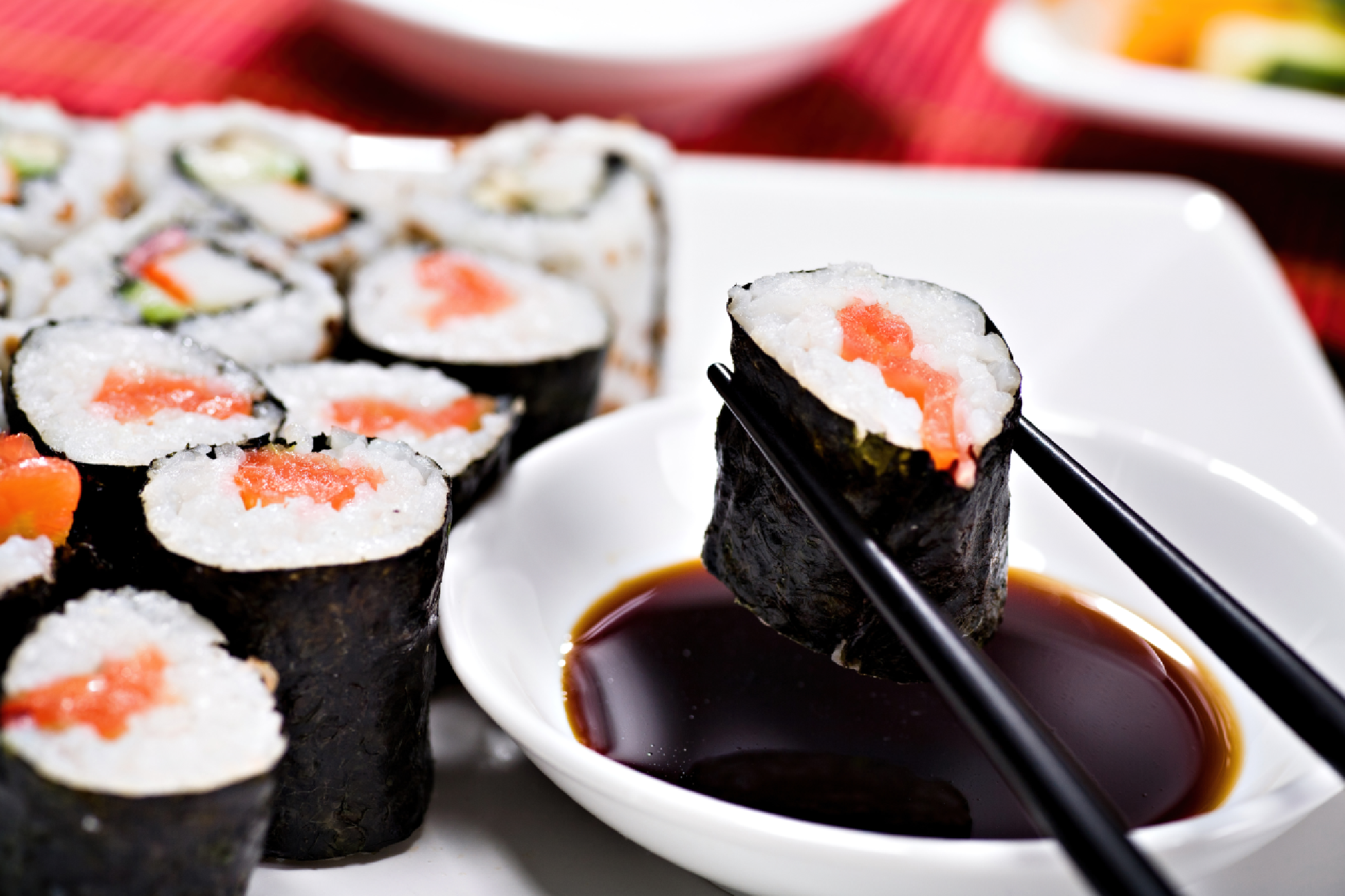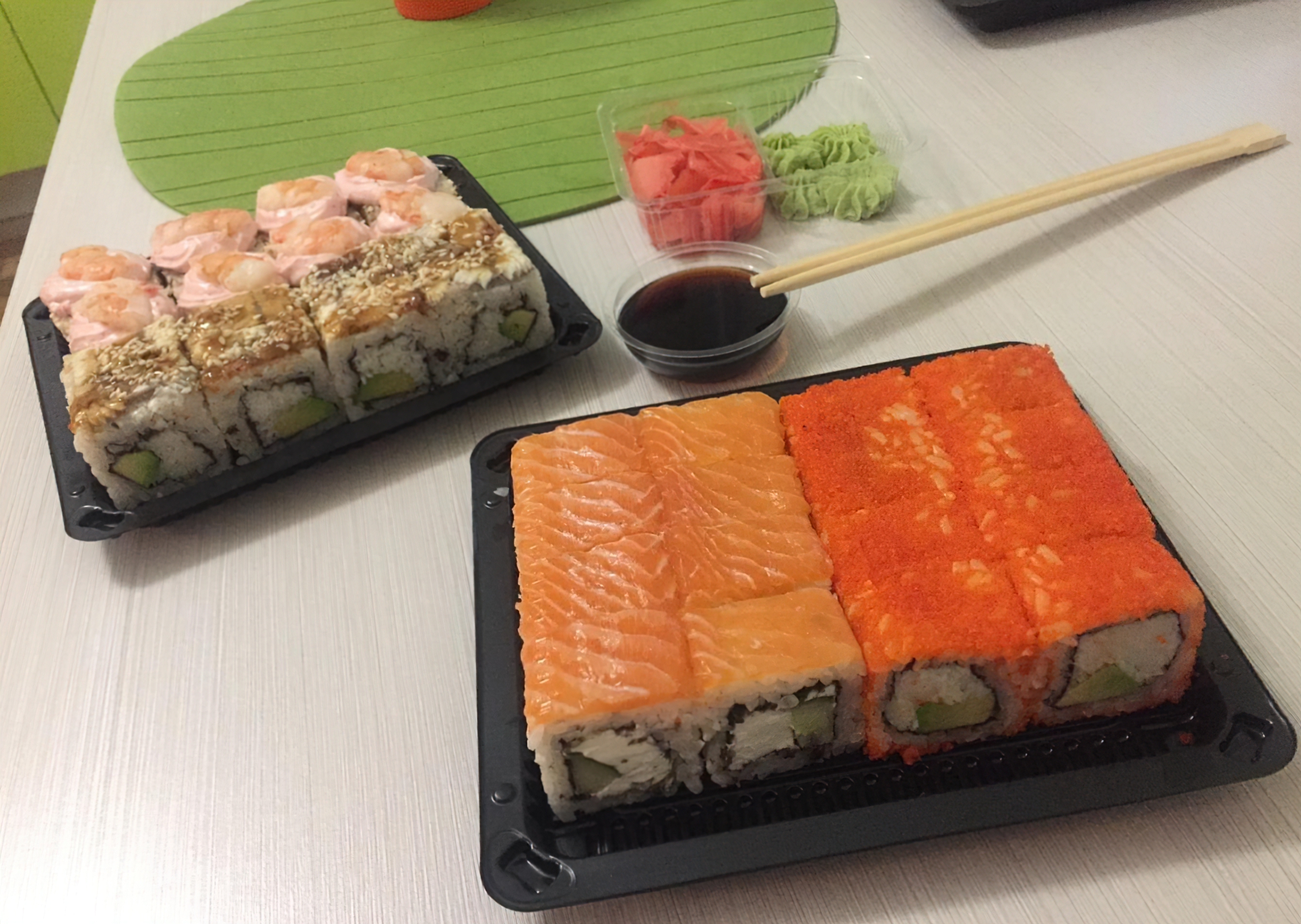The art of sushi dates back over a thousand years in Japan, where it began as a way to preserve fish. The fish was salted and pressed between layers of cooked rice and left to ferment for months. As the process evolved, the fermentation time shortened, and sushi became a popular dish. Today, sushi is synonymous with Japanese cuisine and enjoyed worldwide for its taste, presentation, and unique combination of flavors.
Sushi-Making Techniques
Sushi-making is an art form that takes years to master. There are several techniques involved, such as selecting the best ingredients, preparing sushi rice, and assembling the rolls. Here are the key steps to making sushi:
- Sushi Rice: The foundation of any sushi roll, sushi rice must be cooked perfectly and seasoned with a mixture of rice vinegar, sugar, and salt. The rice should be sticky but not mushy, ensuring the roll holds its shape.
- Fish Selection: Freshness is crucial when choosing fish for sushi. Look for fish with a vibrant color, firm texture, and pleasant smell. Common choices include tuna, salmon, and yellowtail.
- Cutting and Slicing: Properly slicing fish is an essential skill for sushi-making. Use a sharp, long knife to create thin, even slices for nigiri or to cut fish into manageable pieces for rolls.
- Assembling the Roll: Spread a thin layer of sushi rice on a sheet of nori (seaweed), place your desired filling in the center, and use a bamboo mat to roll it tightly. Afterward, slice the roll into bite-sized pieces.
Iconic Sushi Recipes
Now that you understand the fundamentals, try your hand at making some classic sushi rolls:
- Maki: A simple roll with rice and fillings wrapped in nori. Experiment with different combinations like cucumber, avocado, or fish.
- Nigiri: A small mound of sushi rice topped with a slice of raw fish or other seafood. Press the rice gently to form the base and place the fish on top.
- Temaki: A hand roll with a cone-shaped nori filled with sushi rice, fish, and vegetables. It’s eaten by hand and is a popular choice for parties.
- Uramaki: An inside-out roll with rice on the outside and nori and fillings on the inside. The California roll, a popular Uramaki variation, includes crab, avocado, and cucumber.
- Sashimi: While not technically sushi, sashimi consists of thinly sliced raw fish served without rice. It’s a perfect option for those seeking a lighter, low-carb alternative.
Sushi Pairings and Etiquette
Understanding sushi etiquette and pairing can greatly enhance your dining experience. Here are a few tips:
- Soy Sauce: When dipping sushi in soy sauce, it’s customary to dip the fish side rather than the rice side to avoid soaking the rice.
- Wasabi: It is usually already included in sushi. If you want more, add it directly to your sushi piece rather than mixing it into your soy sauce.
- Ginger: It’s a palate cleanser. Eat it between different types of sushi, not with the sushi.
- Sake: This Japanese rice wine is an excellent companion to sushi. The flavor of sake complements the taste of fish and rice, making it a popular choice for sushi pairings.
Understanding the Health Benefits of Sushi
Sushi isn’t just delicious—it also comes with several health benefits:
- Rich in Omega-3 Fatty Acids: Fish, especially fatty types like salmon and tuna, are rich in Omega-3 fatty acids, which are beneficial for heart health.
- High in Protein: Sushi is a good source of protein, making it a satisfying meal that can help you feel full longer.
- Low in Calories: Many types of sushi are low in calories, making them a good choice for those watching their calorie intake.
- Source of Probiotics: The fermented rice in sushi is a source of probiotics, which can help improve gut health.
Home Sushi-Making Tips
Making sushi at home can be a fun and rewarding experience. Here are a few tips to get started:
- Use Special Sushi Rice: Sushi rice is a specific type of short-grain rice that becomes sticky when cooked, making it easy to shape and roll.
- Invest in a Bamboo Mat: A bamboo mat is essential for rolling sushi. It helps you create a tight, evenly rolled sushi.
- Keep Your Hands Wet: When handling sushi rice, keep your hands slightly wet to prevent the rice from sticking to them.
- Use Fresh Ingredients: Freshness is key in sushi. Make sure your fish is sushi-grade, and your vegetables are crisp and vibrant.
In Conclusion
The art of sushi is a fascinating journey into Japanese cuisine. Whether you’re a sushi novice or an experienced sushi lover, there’s always something new to learn and taste. Remember, practice makes perfect, and the joy is as much in the making as it is in the eating. Enjoy your sushi adventure!

